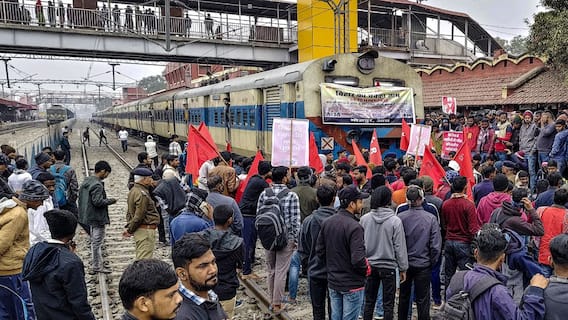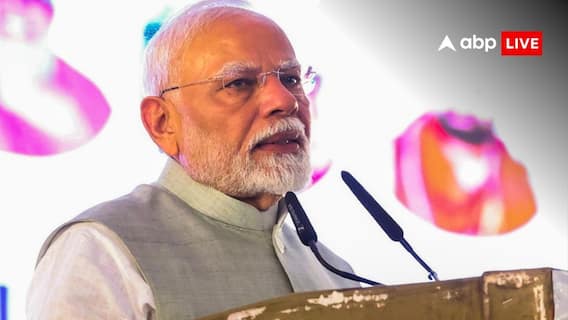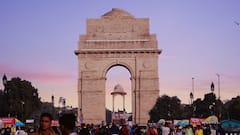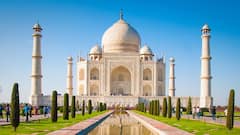Discover The Fascinating Caves Of India: From Ajanta Caves To Panchpandava Caves
India is home to a rich variety of ancient caves, showcasing intricate carvings, stunning murals, and spiritual significance, offering a glimpse into the country's diverse culture and architecture.

The caves of India are not only natural wonders but are also cultural and historical trasures. These ancient caves are scattered across the country and contain beautiful rock carvings, ancient murals, and religious significance. Many caves are centers of art, spirituality, housing temples, monasteries, and meditation chambers. Often set in beautiful backdrops, they represent harmony between nature and man made creations. From Buddhist and Hindu temples to Jain shrines, these caves have witnessed centuries of history and continue to be key to understand India's religion and culture. Whether in remote hills or urban outskirts, these caves offer a peaceful escape. Each cave tells a unique story, reflecting the country’s ancient artistic expressions and spiritual traditions.
ALSO READ: Discover The Charm Of Pondicherry: From Sacred Temples To Sun Kissed Beaches
1. Ajanta Caves, Maharashtra
Located in Maharashtra, the Ajanta Canves are a UNESCO World Heritage Site and are famous for thier stunning Buddhist rock cut architecture and intricate wall murals. The 30 caves date back to the 2nd century BC and are housed in a gorge on the banks of the Waghora River. They feature exquisite frescoes and sculptures depicting the life of the Buddha, along with scenes from Jataka tales. The cave also served as a monastery and meditation hall for monks. The artwork at Ajanta is considered a mastepiece of ancient Indian art, showcasing vibrant colours and detailed description of daily life, religious rituals, and nature.
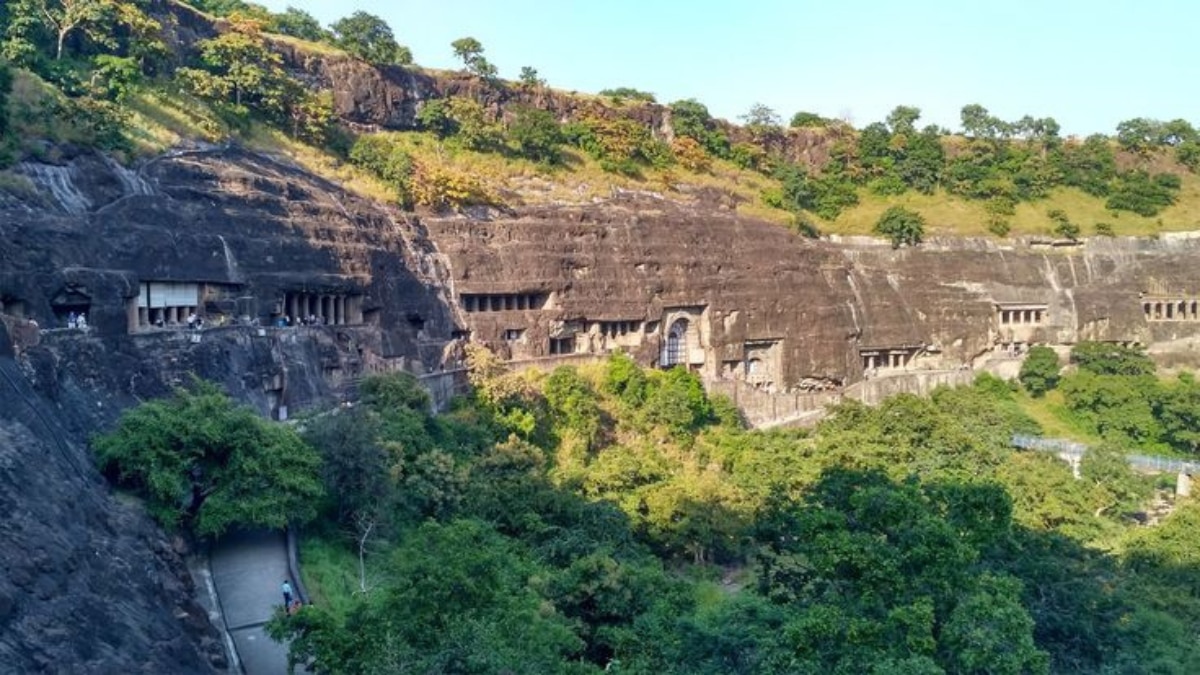
2. Ellora Caves, Maharashtra
Located in the state of Maharashtra, the Ellora Caves are one of the most beautiful archaeological sites in India, famous for their stunning rock cut architecture. The complex has 34 caves carved into the mountainside and emcompasses Hindu, Buddhist, and Jain traditions, showcasing a rich cultural heritage. Dating between 600 and 1000 CE, the caves have temples, churches, and beautiful sculptures. The most notable of these is the Kailasa temple, a monolithical structure carved from top to bottom. A UNESCO World Heritage Site, the Ellora Caves offer a glimpse into India's diverse religious history and architectural beauty.

3. Elephanta Caves, Maharashtra
The Elephant Caves, located on Elephant Island near Mumbai, are a UNESCO World Heritage Site and are famous for their ancient rock cut temples. Dating back to the 5th to 8th centuries, these caves are dedicated to Lord Shiva and feature stunning sculptures and intricate carvings. The most unique of these is the large three headed statue of Shiva, representing his various forms. The island, accessible by ferry, offers visitors a glimpse into India's rich history, art, and spirituality. The caves also feature other shrines, halls, and smaller sculptures, making it a must-visit destination for history and art enthusiasts.
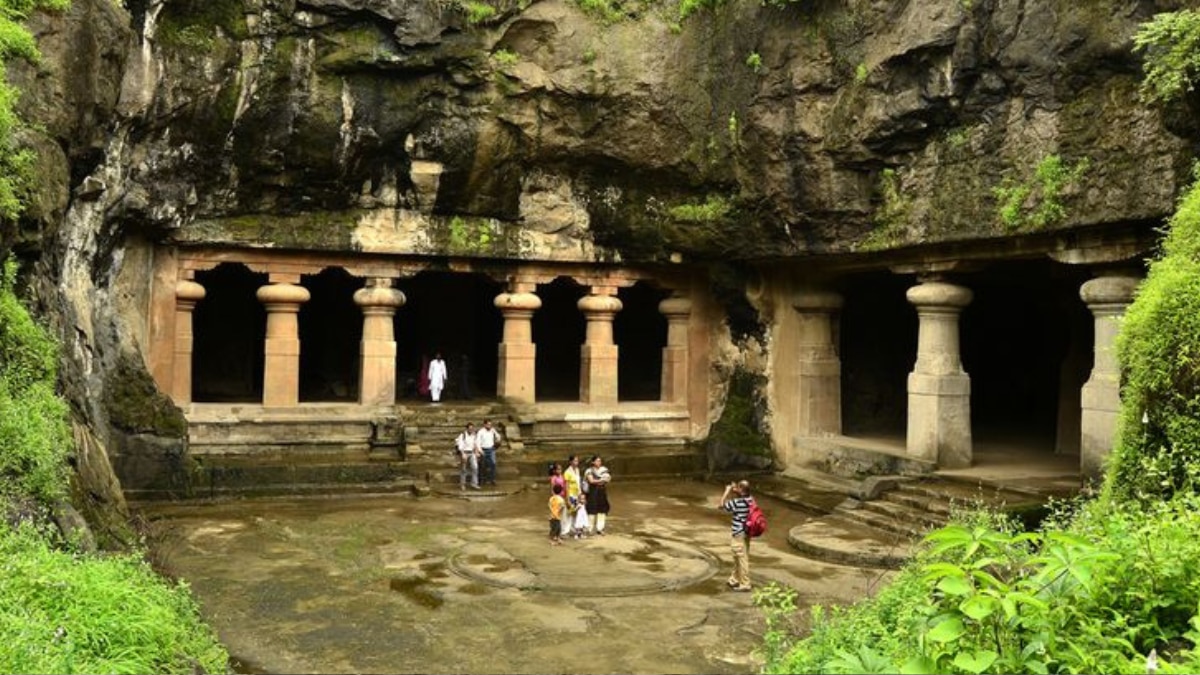
4. Udayagiri And Khandgir Caves, Odisha
The Udayagiri and Khandgir caves near Bhubaneswar in Odisha, are ancient rock formations dating back to the 2nd centuy BCE. These caves were carved into the mountains by Jain monks, mostly for meditation and shelter. Udayagiri means 'sunrise hill', and has 18 beautiful caves, including the famous King Kharavela. Khandgiri, meaning 'broken hill', has 15 caves displaying sculptures and inscriptions. The caves are of great historical, religious, and architectural value and provide insight into the ancient Jain culture, art, and spiritual practices.
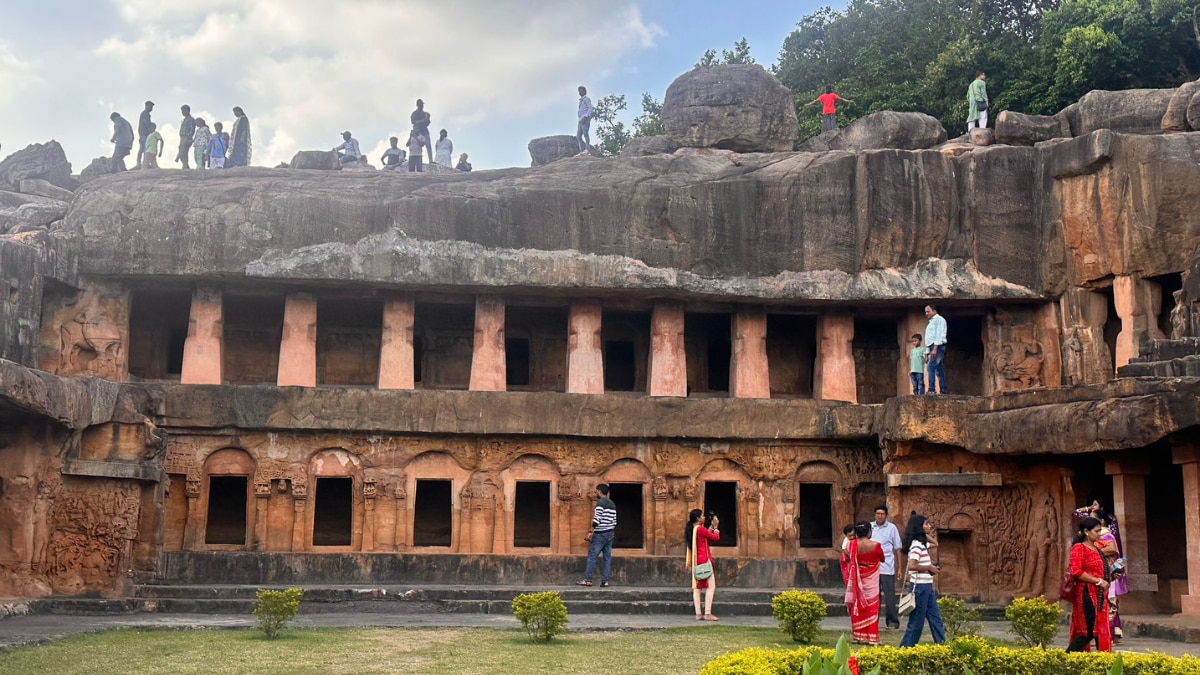
5. Panchpandava Caves, Tamil Nadu
The Panchapandava Caves in Tamil Nadu contain five ancient rock cut caves that are believed to be associated with the Pandavas of Mahabharata. These caves are located on the banks of the Palar River in the Arjuna Hills near the town of Tiruvannamalai. The caves are carved out of granite and contain intrictae sculptures and inscriptions depicting Hindu deities including Lord Shiva and Vishnu. The site jas religious significance and local legends associate it with Pandavas' exile. The caves offer a glimpse into the region's ancient rock cut architecture and spiritual history.

Trending News
Top Headlines








